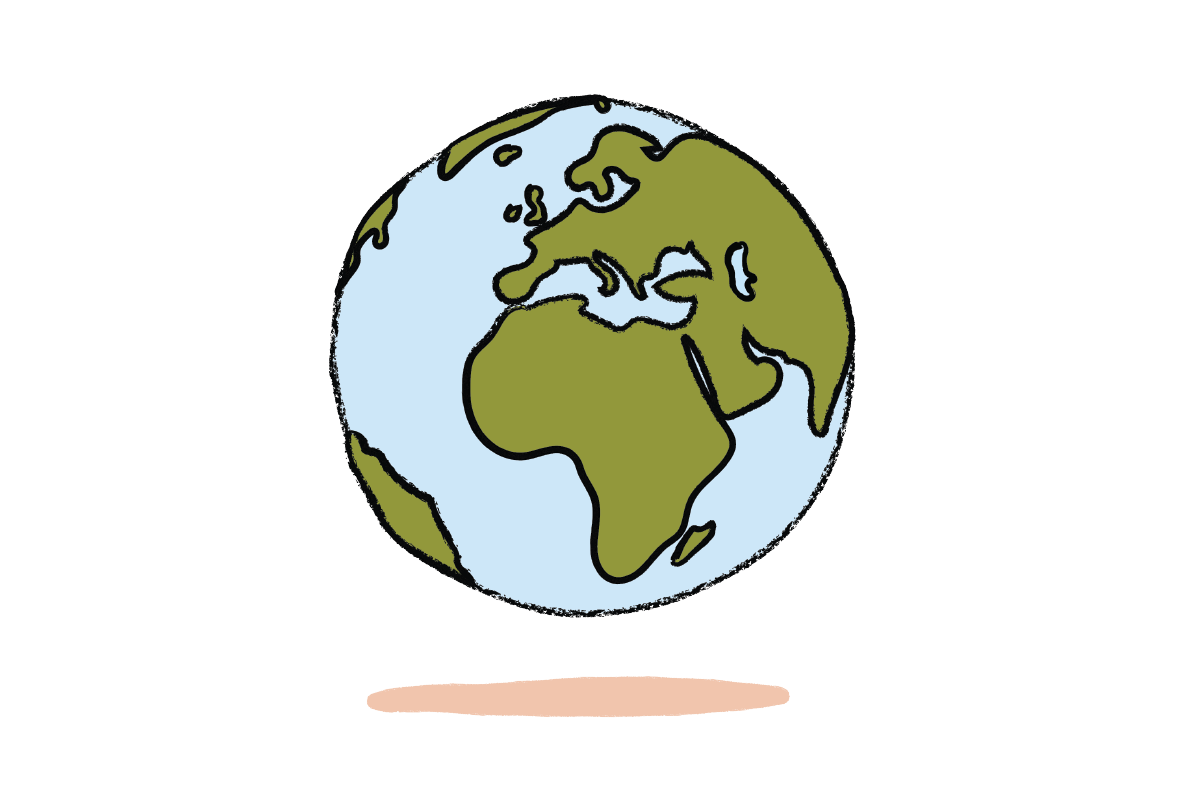

Which one has the bigger effect on the wine?

It's pretty much the defining factor between the wines of the 'New World' and the 'Old World' - grape v region. Sure, when it comes to the actual grapegrowing, it's all about the climate, the rainfall and the age of the soil; but when we talk about the wine itself, do we speak first of *what* it is, or *where* it's from?
Only for the wines of the Old World can we confidently link region and variety every time. Why? Because the ancient wine countries have laws and regulations governing what you can and cannot grow. In Burgundy for example, 95% of the red wine is made from Pinot Noir, with one or two unusual locals sneaking into the tiny subregions on the borders. So you can confidently refer to the glass of Pinot Noir you're drinking as *Red Burgundy*, and those people who know their stuff will automatically infer that you're drinking Pinot. You can't actually plant say Cabernet Sauvignon IN Burgundy and still label your wine as Burgundy.
That certainly has it's own hurdles (ie you need to know the various grapes for all the regions around the world), but it's a step ahead of, or at least sideways, compared to New World countries like Australia. Both our biggest advantage and our stumbling block, we have no rules restricting what can and cannot grow. So your lovely refreshing glass of white wine from the McLaren Vale could be made from any grape variety in the world, or blend of...it means we can plant anything and discover what works, but it also means that the regions need to fight hard to establish an identity for particular styles.
There's certainly no right or wrong here, it's just one of the many interesting complexities that makes up the world of wine!
Do you know your wine personality? If your answer is no, take our quiz to find out which wines to pick up next and build your box!
Build my box





